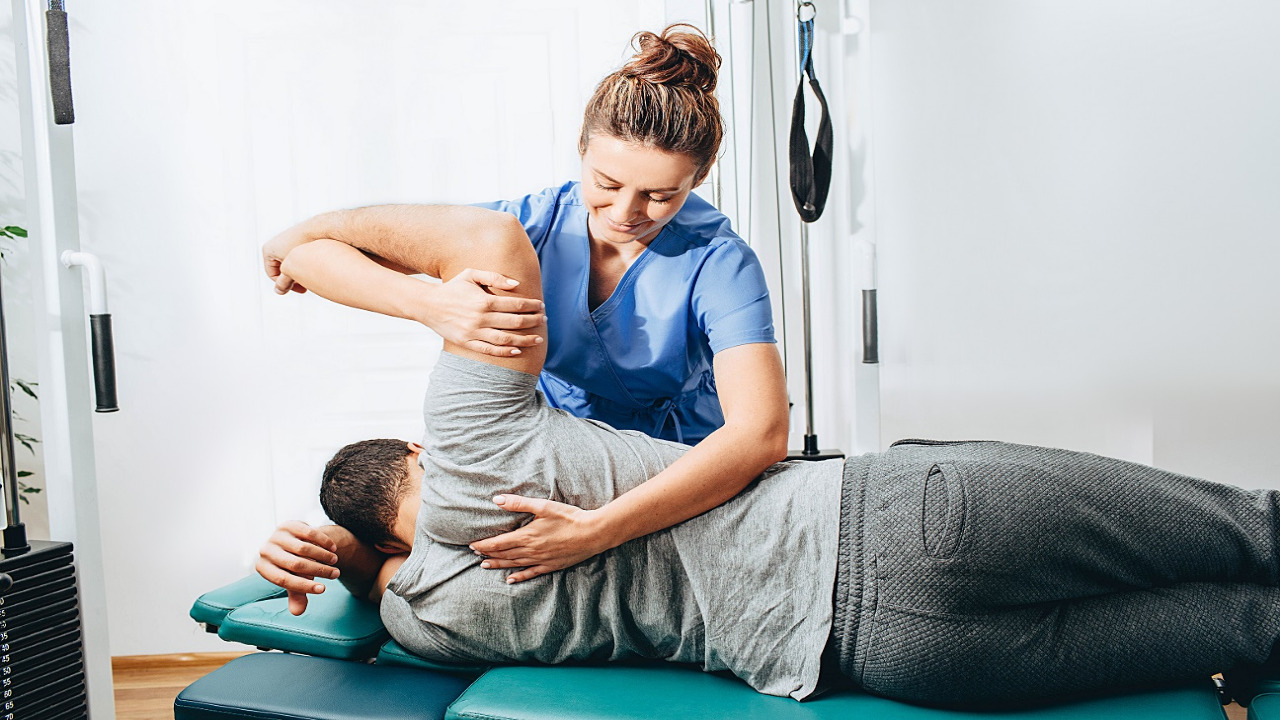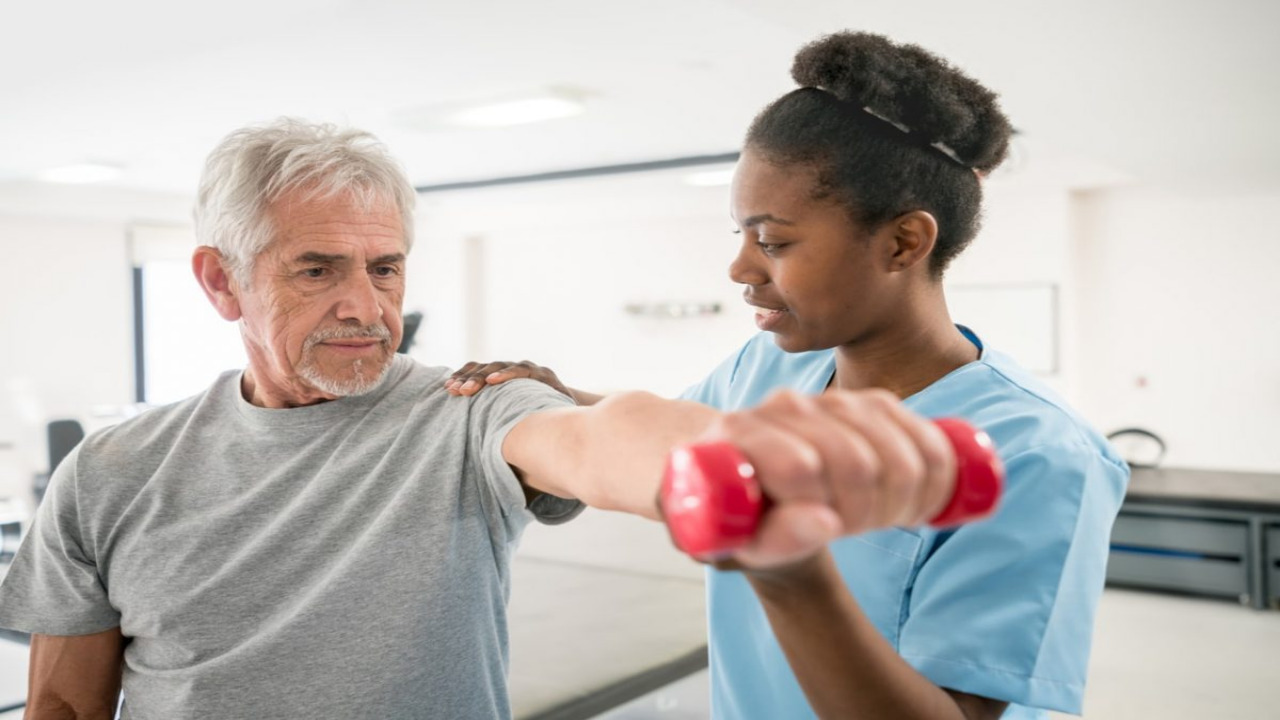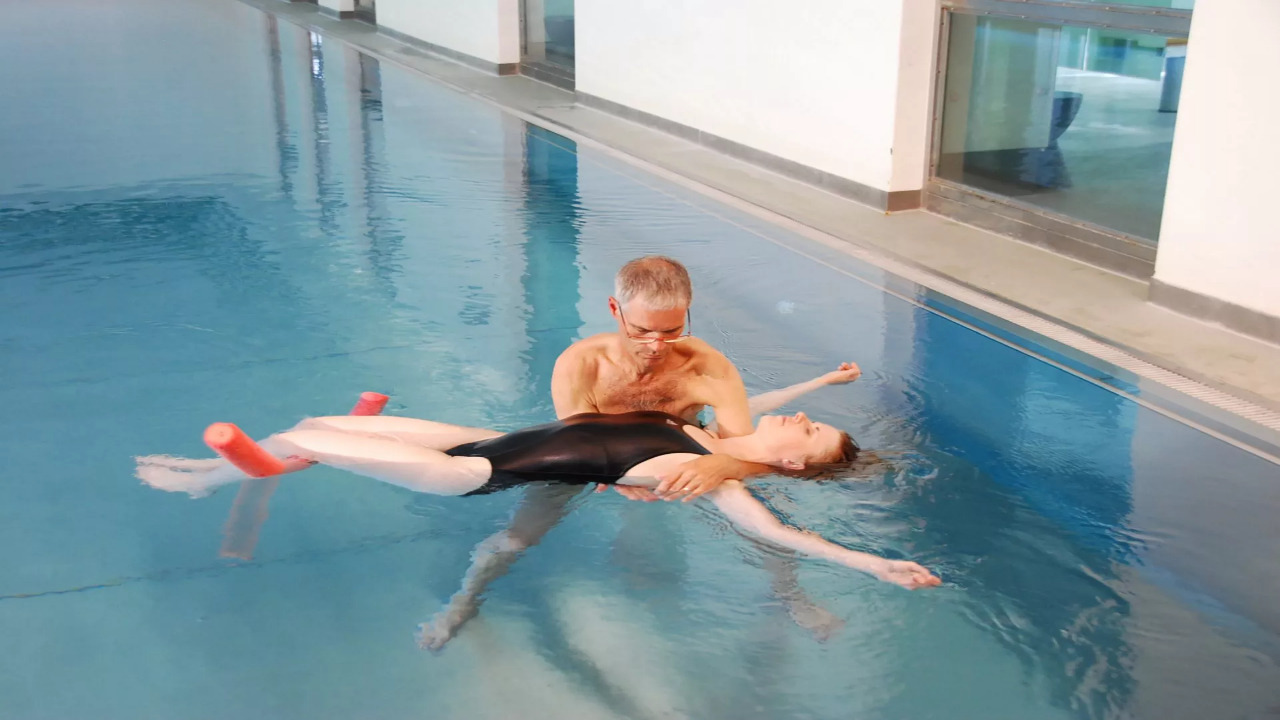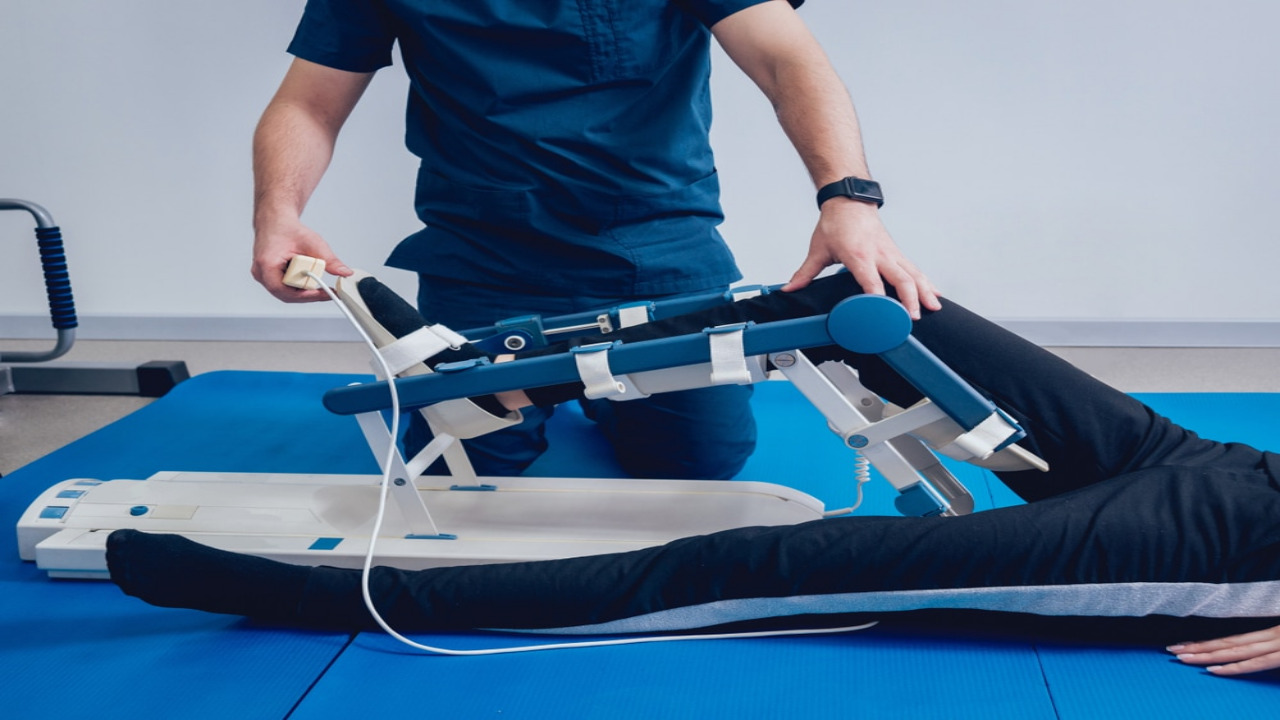
The intricacies of the physical therapy treatment
One debilitating sickness, an impairing accident, a recent complicated surgery or a genetically inherited physical problem; any of these can alter one’s physical integrity to the point where normal social functioning just isn’t possible anymore. At this moment, there may be a need for intense and regular physical therapy treatment.
This practice aims at helping the patient recover from any recent traumas as well as increase his physical functioning altogether, regardless of the problems affecting him. Some of the areas a therapist will cover include but not limited to:

– Joint, bone and muscular pain, especially in the neck or back region;
– Muscular and skeletal trauma recovery;
– Treat movement disfunctions, depending on their cause;
– Provide support after orthopedic medical interventions;
– Improve cardiac functioning;
– Cope with cancer-related health problems;
– Dealing with nerve damages and chronic pains;
There are also other health problems that could be dealt with using this procedure, depending on their nature and severity.
What is the role of a physical therapist?

Any physical therapy treatment relies on several techniques that the therapist will use in accordance to the nature of the problem being treated.
1. Manual Therapy
It is also known as bodywork and it doesn’t include any tools or machinery, other than the hands of the therapist. This procedure basically comes down to 3 practices:
– Massage – Applying pressure to relax the muscles, eliminate pain and boost the circulatory system;
– Manipulation – Relying on pressure-point techniques to eliminate the joint stress and soreness;
– Mobilization – A way of increasing the joint mobility by using wide circular movements meant to relax the muscles around them and increase their flexibility.
2. The use of heat
Depending on the situation, manipulating heat can be a great way of relaxing the body and speed up recovery, while diminishing joint and muscle pain at the same time.
3. Water physical therapy treatment

It relies on water pressure and resistance to force the body to adapt and restore its physical capabilities. It works great as a muscular and joint recovery method, especially for victims of accidents, but it is just as effective for the elderly looking to stay in shape for longer.
4. Ultrasound techniques
They are great in treating soft tissue damages in particular, for those experiencing accident-related traumas or in need for post-surgery recovery.
5. Electrical stimulation
A particularly effective muscular treatment developed to cope with problems like atrophy, chronic muscle pain and muscular spasms, among other things.
Based on the types of problems they aim at, there are several types of therapies that need to be specified:
– Geriatric (designed for the elderly and dealing with problems like Alzheimer’s, osteoporosis, arthritis, joint problems and so on);
– Orthopedic (suited for bones, joints, ligaments and muscular issues);
– Neurological (treating neurological disorders like cerebral palsy, low-level paralysis, Parkinson’s and stroke);
– Cardiovascular (especially useful in the case of surgical interventions);
– Wound care (aiming at increasing the blood flow for a faster recovery);
– Decongestive (helps restrict and drain fluid accumulation in patients with lymphedema);
– Vestibular (treats inner ear-related problems) and
– Pelvic floor rehabilitation (treats urinary and fecal incontinence)

But the role of a physical therapist goes beyond merely treating patients with a medical history behind them. Professional athletes can also become regular patients, thanks to the efficiency of the treatment that maximizes physical performance and forces the body to adapt to new movements.
On the same note, they can also provide professional advices regarding different tips on how to improve the lifestyle and remain healthy and active for longer, even at advanced ages.
Tips on how to protect yourself
It is always better to prevent rather than treat and on this note, there are several things you can do to avoid ending up in the position where you need professional assistance.
Tip 1 – Adopt an active lifestyle
An active body is a strong and resilient one, making it less susceptible to accidents and greatly increasing its recovery rate in case any will occur.
Tip 2 – Protect yourself post-accident
Provided that the accident hasn’t been extremely serious, taking precautionary measures to avoid reinjury is crucial and will determine the healing capability of the organism.
Tip 3 –Go for regular medical controls
The sooner a disease is discovered, the more effective the treatment will. Make sure you find about it in time for a speed-recovery.
For more aggravated cases or when in doubt, always go for the services of a physical therapy treatment professional.

